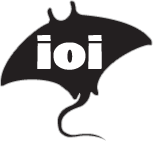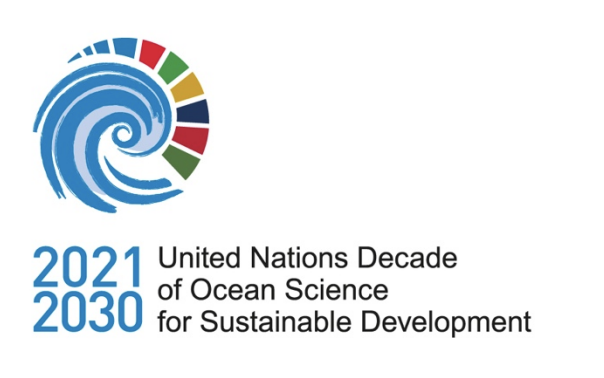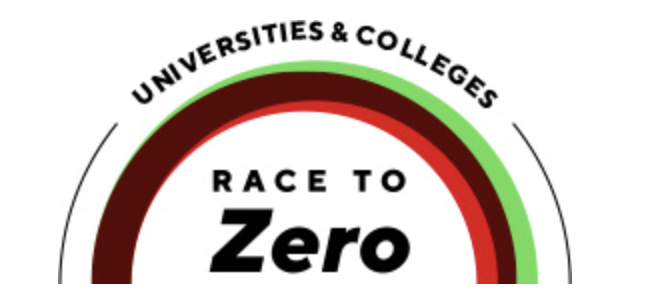A part of my study aboard here in the Galapagos, and possibly the most important part in my opinion, is the cultural exchange that happens every day between myself and the people I have come to know on this island. The classes that we take as students are very intriguing and they take up a fair amount of our time here, but when we go home to our host families we enter a different type of class room. I know that my fellow students and I have had all very different and intriguing learning experiences about the culture here on the island, the topics and knowledge would be all too vast to put down in a simple blog, so instead I’d like to share a bit of my own personal experience.
My little host sister, Julie, she’s the perfect example of a child raised in the town of Puerto Villamil, she doesn’t ware shoes when she runs outside on the hot lava rock gravel, her toys consist of broken Barbie dolls and the baby chicks her family raises to provide eggs and meat for them later down the road. She’s a wild child and at the age of 6 has pretty much free range of the world here. This isn’t to say that Julie is a bad child; she’s pretty much just like any 6 year old in the U.S. stubborn and pushy but also prone to still need your hand to hold when she’s nervous or want a hug when you leave because she will miss you, just as you will miss her. I have never had younger siblings here and as the baby of my own family, just like Julie is, I wasn’t sure how I would deal with having a younger sister. But Julie has shown me another side of family life here on the island that I don’t think I would have noticed with out her help.
Growing up my life was structured and my toys were somewhat new, I had to be very careful and was never left home alone. Here they never lock the door, our home is constantly being filled with neighbors and family members, stopping by and chatting or asking my host mom if she can lend them something, from an iron to a couple of eggs. And Julie, she runs around the house inside and out, playing with the kids that live up and down the street, and she does not know fear. Here on this island things are safer and Julie. Julie can live a childhood with out the fear of what lays beyond the locked front door. That is not to say that there is no crime here, but everybody knows everybody and everybody takes care of the kids, babies are passed around from one person to the next when ever mother visits a store or restaurant, even the waitress wants her turn holding the cute baby. And even though Julie is not constantly under the watchful eye of her parents there is always some one out there looking after the kids because here every one is family.
I can’t say during my childhood I was lucky enough to know what it meant to be raised by a village but here my little sister is, and it makes me unbelievably happy to know that there are still places in this world were children worry less and play more, like my parents did during their life times.





















